
IN FOCUS: BIG-HEADED ANT
We take an in-depth look at big-headed ants, looking at their biology, behaviour and control options.
Ant treatments typically use a combination of ant baits and sprays to gain control. The articles in this category are more focused on general techniques for ant control and the use of sprays in ant control programs, ant bait articles are grouped in their own category. A good starting point is to check out the article on the top 10 tips for treating ants.
Older pyrethroid insecticides whilst effective at killing ants on contact, they have an excitatory / repellent action which means ants behave very differently when sprayed. They also work very quickly. As a result, such sprays are not particularly effective in getting rid of an ant problem as they generally only kill the ants that are spray and don’t kill the nest (unless it is sprayed directly). In addition, this excitatory / repellent effect means they cannot be used in conjunction with baits, which require the ants to behave and forage normally.
The newer non-repellent sprays have revolutionised ant control, allowing the combination of ant sprays and baits in the same treatment program. Fipronil based sprays have been particularly effective and are sometimes used on their own. These non-repellent sprays have a slower mode of action and can be transferred between nest mates as they interact, magnifying their effect. In some cases, it is possible for this transfer effect to lead to elimination of the nest, even when the nest cannot be located.
Governments are often involved in large scale ant control programs to control invasive ant species. Control programs focused on red important fire ants are managed by many governments in different countries around the world. These programs typically use large quantities of granular ant baits.
More information on ants and a range of article on ant baits.

We take an in-depth look at big-headed ants, looking at their biology, behaviour and control options.
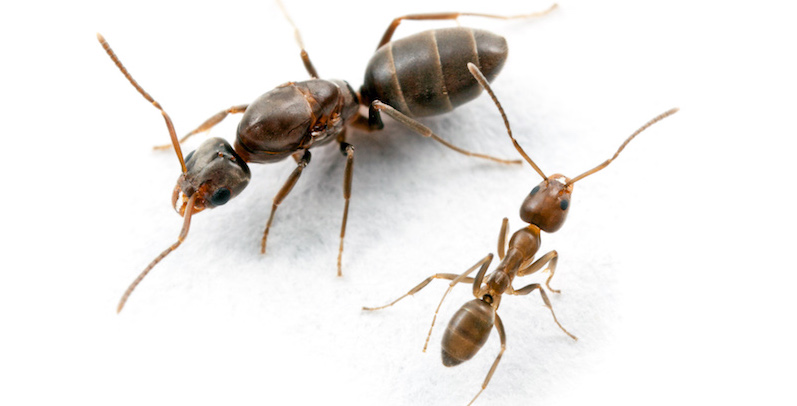
Successful ant control comes down to skill, pest knowledge and using the right products for the job.
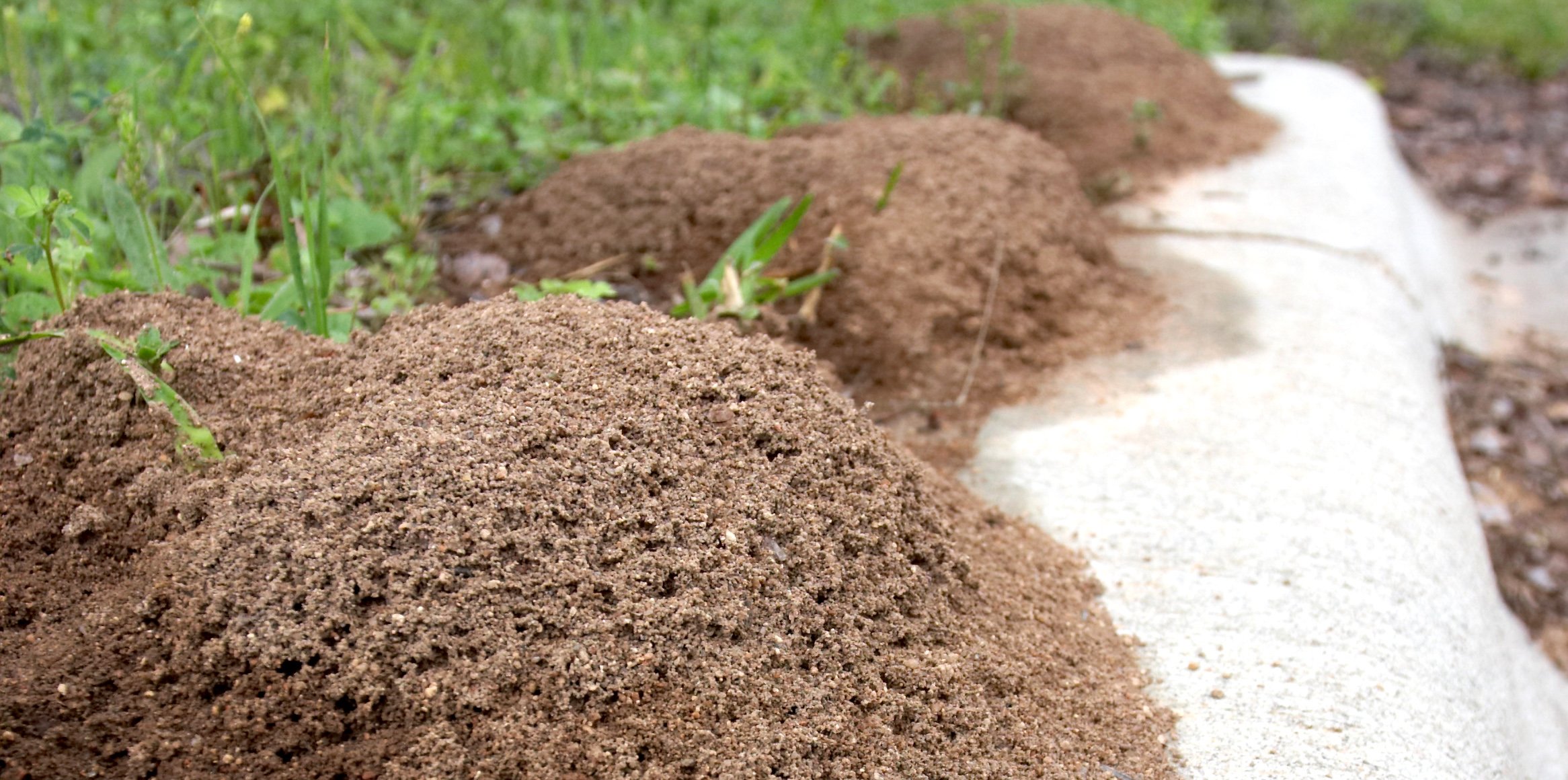
Charles McClintock, Professional Products Business Manager at Sumitomo Chemical Australia, shares the latest information about the national fire ant control program.

Mike de Luca and Peter Ambrose-Pearce from Syngenta explain why it pays to carefully assess the situation when it comes to ant jobs.

Sausage baits and sniffer dogs are proving a formidable duo when it comes to identifying and controlling the little fire ant in Australia.
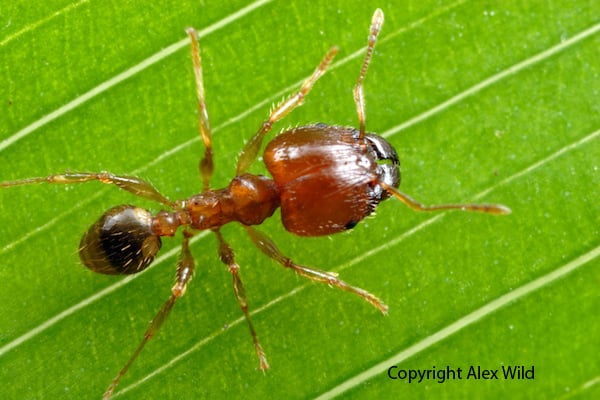
We asked pest managers for their thoughts on ant control; we share the results of the 2020 survey here.
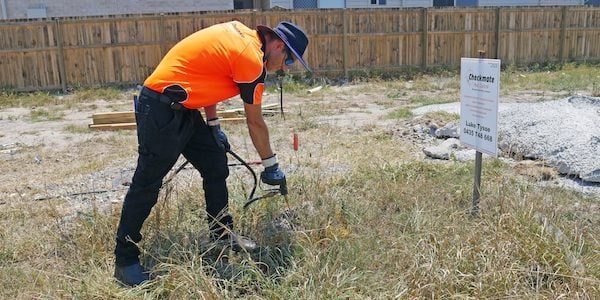
With pest managers now joining the battle against fire ants, we share the latest news from the National Red Imported Fire Ant Eradication Program in South East Queensland.

Controlling biting ants in a customer’s lawn is a relatively straightforward service to provide, and one that will give great satisfaction – and possibly referrals.
Western Australia is the latest location to raise the alarm about the presence of the troublesome red imported fire ant.
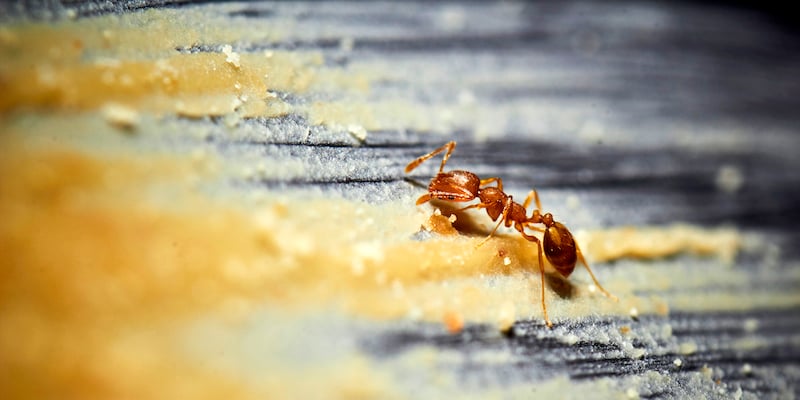
Wendell Arnett, territory sales manager for Bayer, outlines the steps needed to correctly identify a pest ant species.

Garry Webb of Sumitomo Chemical outlines the threat posed by invasive ant species.

Pest manager Jay Turner shares his top tips for dealing with ants.